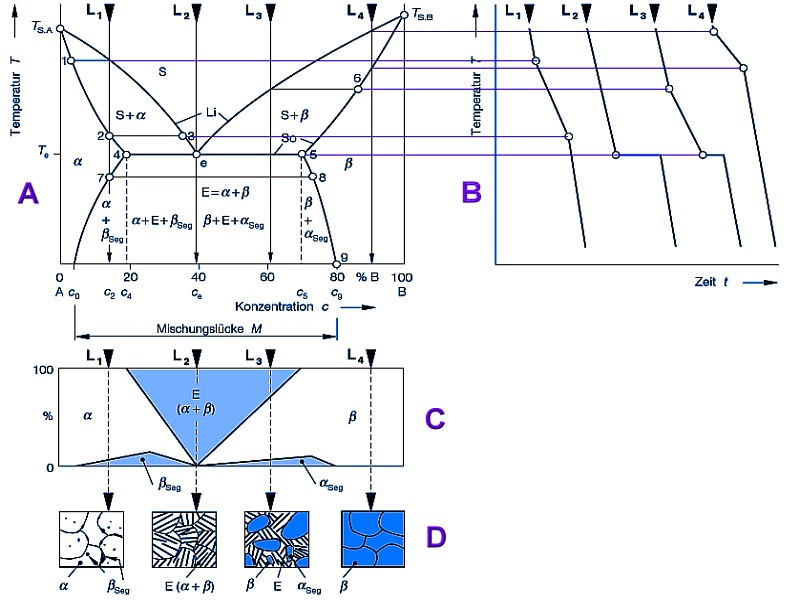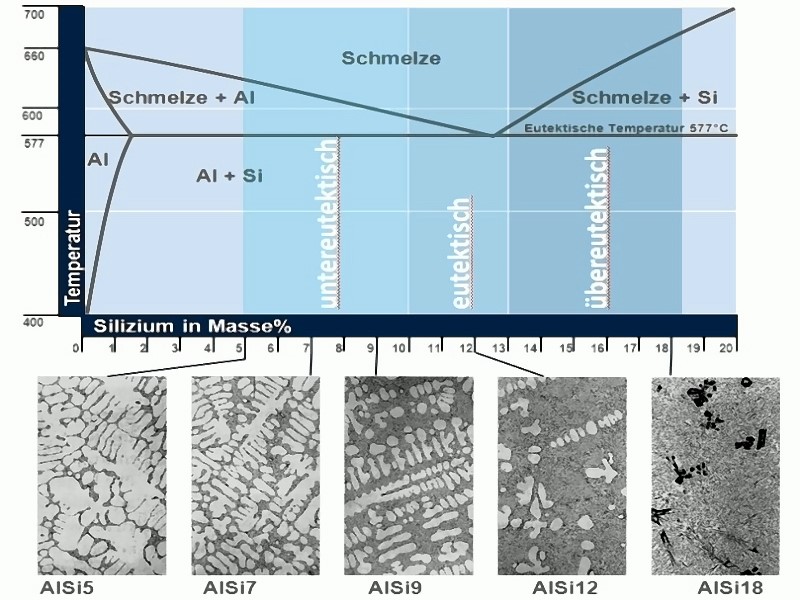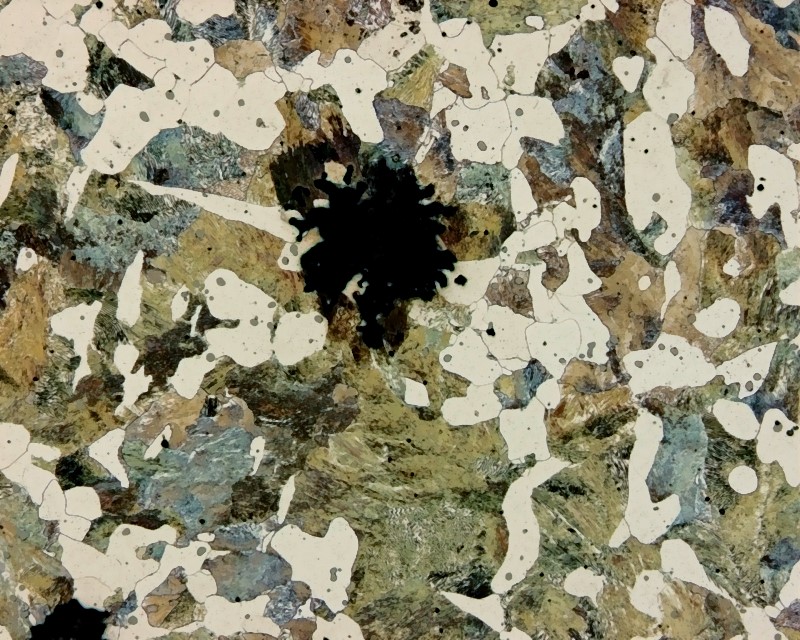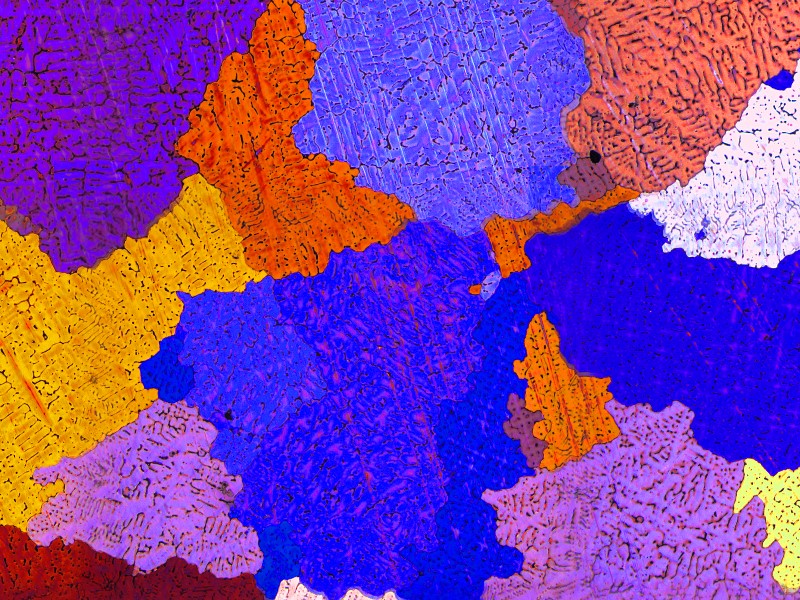Structure
In materials science, structure refers to the appearance of materials (generally polycrystals) when looked at under a microscope.
Usually, the crystals are microscopic and are also called crystallites or grains. The interfaces between the grains are known as grain boundaries (a schematic representation of grains and grain boundaries can be found in Fig. 1). Structure is the purely descriptive arrangement of the components of metals and alloys, i.e. their grains and phases, including their defects such as shrinkagecavities or pores (see Gas porosity) or structural anomalies.Definition of phase:
Phase means a section which is uniform and homogeneous regarding its atomic composition and atomic configuration. As “atomic mixtures”, solid solutions are also referred to as a phase, i.e. as uniform and homogeneous. Heterogeneity can only be detected in the range of atomic dimensions. Therefore, the term phase requires the consideration of sufficiently large sections, making it possible to speak of a uniform, homogeneous appearance. Hence, structure is only the collective term for phases and defects present.
According to this, influencing factors defining structure are the phases or their
- Type,
- Size,
- Shape,
- Quantitative distribution,
- Epitaxy and arrangement.
In many cases, the phases forming during solidification and cooling can be derived and predicted from the constitutional diagram (which is why it is also called “phase diagram”). As an example, a eutectic system (see Eutectic) and its resulting phases are shown in Fig. 2. Such a system is also formed by aluminum and silicon, the structure formation for Al-Si alloys can be seen in Fig. 3.The aim of metallography is to make the structure visible by means of optical and electron-optical methods. For this purpose, material specimens are prepared, ground and, if required, etched (see Etching) to render the structure and the various phases in the metallographic specimen more distinguishable.
Many properties of metals and alloys depend on the microstructure (tensile strength, elongation, machinability, etc.). The elastic modulus and thermal elongation, on the other hand, are dependent on lattice forces and are therefore considered to be material constants.
Examples of structures:Additional references:
Solidification structure
Structure formation of cast iron
Structural matrix
Casting structure
Metallographic specimen, Micrograph, Metallographic specimen preparation
Literature references:
Bargel J., Schulze G., Werkstoffkunde, Springer-Verlag Berlin Heidelberg, 2008.







